Most pigs are butchered for the sake of a couple choice bits, but a “lucky few” wind up in the hands of a chef who’s willing to work with everything they’ve got, who wants to help diners try new and unusual things by treating every part of the animal as useful, rather than just slaughtering it for three percent of its meat (say, a tenderloin and a few baby-back ribs). Wait… every part? There’s always at least some waste, isn’t there? The snout? The ears? The tail? Surely you can’t eat those, right? Richard Rauch begs to differ. And the chef from Trautmannsdorf in East Styria, Austria, has earned 17 Gault-Millau points for his philosophy. Obviously his masterful technique and imaginative ideas played a role in it, too, but what really makes his food stand out is the underlying idea that animals have more to offer than just their prime cuts. As Rauch says, “It makes economic sense to work with more parts of the animal rather than just ordering fillets from the butcher. It doesn’t necessarily have to be a whole pig—even a half, carved into a few large pieces, is a good start. When you make a conscious choice to work with all parts of the animal, it fosters creativity.” If you’ve got space for a half or a whole pig, you’ve probably got space to hang it for a week or so. Meat from animals raised on free-range farms usually needs several days to develop its full flavor. Stall-raised meat takes less time—usually no more than forty-eight hours— but Rauch is a firm believer in raising livestock humanely. Animals need enough space to grow, he says, both from an ethical perspective and because he thinks free-range pork tastes better.
Richard Rauch on whole pigs:
“When you make a conscious choice to work with all parts of the animal, it fosters creativity.”
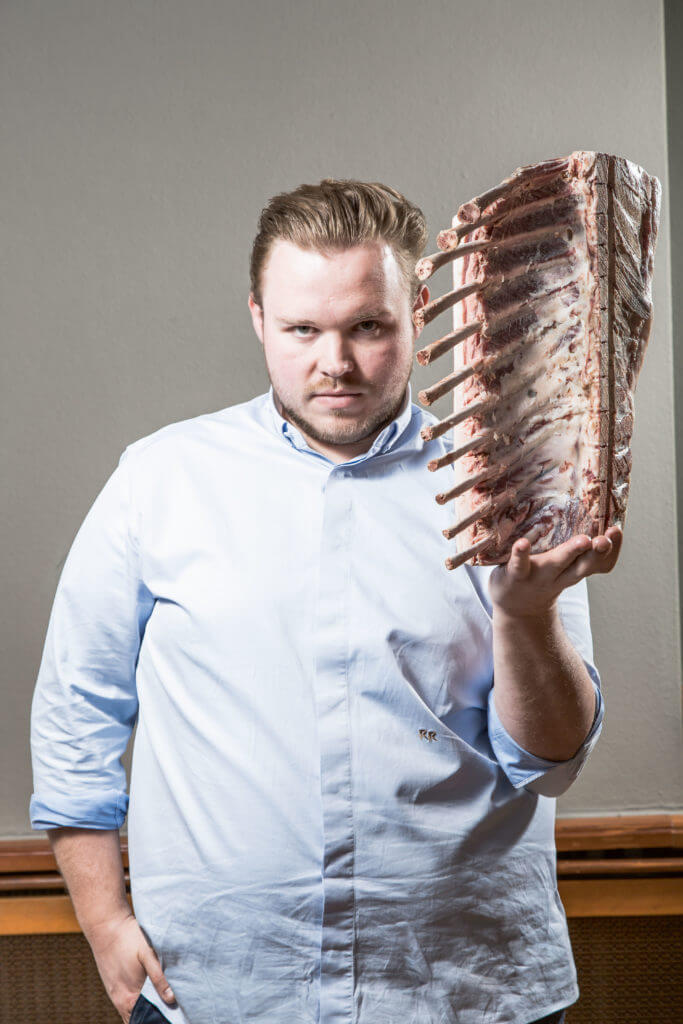
17 Gault-Millau points and with a lot of love for good meat: Richard Rauch (Image: Claudio Martinuzzi / Rolling Pin)
The type of feed the pigs get is another major factor: good-quality grain feed changes both the firmness of the meat and its proportion of fat, and can even impact the chemical composition of the fatty acids in the finished product. But you don’t have to tell the Grillmair family that feed makes all the difference when it comes to pork…
Little pig, little pig
The Grillmairs sell Kräuterferkel, which translates roughly as “herb-fed suckling pig.” Suckling pig is actually just a nice term for rejected baby animals— piglets that are too small or too thin to make it in the hog world, so (to put it bluntly) they end up in the “discard pile” of the breeding process, and are sold as suckling pigs. When treated well and given the right feed, these young animals can be a real delicacy, but no other farmers were investing much energy into them, so the Grillmair family seized the opportunity to fill a gap in the market. The first piglets specifically bred to be sold as suckling pigs were called “Milchferkel” (milk-fed suckling pigs); after that came “Kräuter-Milchferkel” (herb-milk-fed suckling pigs), and nowadays they’re just “Kräuterferkel” (herb-fed suckling pigs). The name says it all as far as what makes them special: the piglets are fed four different herbs on top of their usual diet of corn, grain, and soy. Which four? That’s a Grilly company secret. Farmer Franz-Josef Grillmair, inventor of the Kräuterferkel and CEO of Grilly, and his son, Stefan Grillmair, feed the five- to ten-week-old piglets using crops from the family’s 55-acre farm. About 500 to 800 piglets live on the farm at any one time, chowing down on home-grown wheat, barley, and corn, plus guaranteed non-GMO soymeal from Donau Soya. The herb mixture makes up four percent of their diet. The last several weeks of feeding are key to ensuring high-quality meat.
At his restaurant, Steira Wirt, Richard Rauch likes to add Kräuterferkel to the menu in spring. Suckling pig meat is delicate and juicy, with less of a “porky” taste than regular pork. The rind is also thinner, so it gets very crispy, and the young animals’ livers and tongues are more tender. The main thing suckling pigs lack is the intramuscular fat that develops over time as hogs are fattened up— which, incidentally, is distributed differently on male and female animals. The meat of un-castrated boars often has an “off” taste known as “boar taint.”
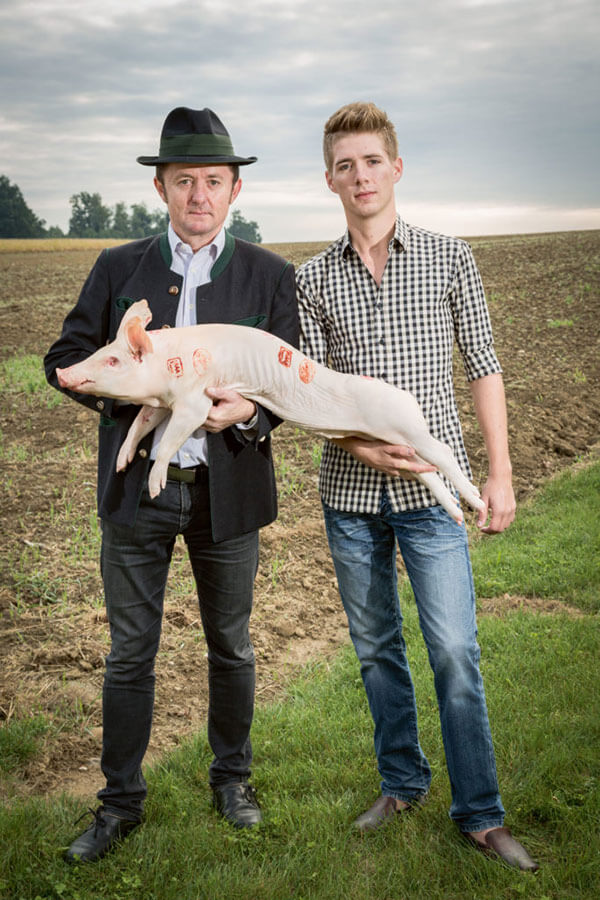
The piglet is the focus here: Franz-Josef and Stefan Grillmair
(Image: Claudio Martinuzzi / Rolling Pin)
Though castrating male pigs prevents this taste from developing, it is done without anesthetic, making it very painful for the animal. Some farmers consider the procedure inhumane, and instead minimize boar taint by changing how they keep, feed, and slaughter the animals. It can be helpful to discuss questions like these with suppliers you trust. Rauch considers communicating with producers especially important when it comes to purchasing pigs, because he prefers to buy the jumbo varieties, weighing 280 pounds or more, which have more fat and have had more time to develop flavor. He particularly leans toward full-grown pigs in fall and winter, pointing out that rushing the livestock-raising process (or engineering pigs to grow more quickly) doesn’t make sense from either an ethical or a taste perspective: animals generally only build white muscle tissue quickly, not red muscle, and certainly not fat. Right now, Rauch is a big fan of Duroc pork, which is around 1/3 fat and 2/3 meat, with a mild, nutty flavor and a firmer texture.
Menus in secret languages
Rauch’s creative approach to Durocs and other whole pigs is evident in dishes like an appetizer of pork rind melted down, pressed, and fried, or shoulder boiled down and blanched as an unusual main dish. As Rauch says, “Right now, everything’s allowed anyway!” The less attractive cuts of meat make great sausage, and the pig’s bladder can be used as a sausage casing or for sous vide cooking. “I’ve even poached a grass carp inside a bladder before,” Rauch recalls.
Ludwig Maurer is another guy who doesn’t let convention get in his way. His book, Meat, explains dishes prepared using the pig’s chin, skin, feet, and even gums. Maurer serves pig’s feet breaded; Rauch puts them in soup. One classic Austrian dish that has fallen out of favor is Klachelsuppe, where the oft-neglected pig’s foot is cut into slices two fingers thick and served in a tasty soup. “We enjoy refining and modernizing traditional dishes,” Rauch says. “For example, Klachelsuppe tastes great with tarragon and poached catfish.” Ears are usually still a little chewy even after being boiled, pressed, and trimmed, but a good marinade can transform them into a culinary sensation. The same goes for lungs, which Rauch regularly serves. But customers sometimes balk at one dish on the menu: raw pig’s heart.
“A lot of people find the idea of raw pork very strange. Not everyone is willing to eat it. Sometimes you have to enlighten your customers a little. You can’t force anything on them, though.” Rauch regularly uses interesting names to romanticize his more unusual fare: the pig’s-heart carpaccio is listed as “Heartbeat”, and “Styrian scallops” is his somewhat-euphemistic moniker for calves’ testicles. “With a little charm and flattery, you can often get people to at least try something,” Rauch remarks. “I’ve found that’s true with the Styrian scallops in particular—my customers end up thinking they’re wonderful, but they say they’d never have tried them if they’d known what they were.” He takes a similar approach with “Botón,” also known as pig gums. A tasty form of culinary education, so to speak.
Pig out!
Pork is far and away the most widely consumed meat in Germany—on average, each person eats more than 75 pounds of it per year. In fact, pigs were the first animal domesticated by humans. Though pork consumption has declined somewhat (ten years ago, the average German ate over a hundred pounds of pork per year), it’s still in first place, well ahead of poultry and beef. Nearly 60 million pigs are slaughtered in Germany annually; 20 percent of those are exported to other countries.
But very few restaurants actually find ways to incorporate all parts of the pig, even though Maurer, Rauch, and other like-minded nose-to-tail chefs swear by the more neglected bits, Including the blood, the gums, the bladder, and special cuts like the pluma (end loin), the secreto (a “secret” cut on the back), the papada (the chin) or the presa (the center part of the shoulder). If all this vocabulary is making you confused rather than hungry, you could always hoof it over to your friendly neighborhood butcher and ask for a few pointers. We know you can’t make a silk purse out of a sow’s ear, but you might learn how to turn one into an appetizer…


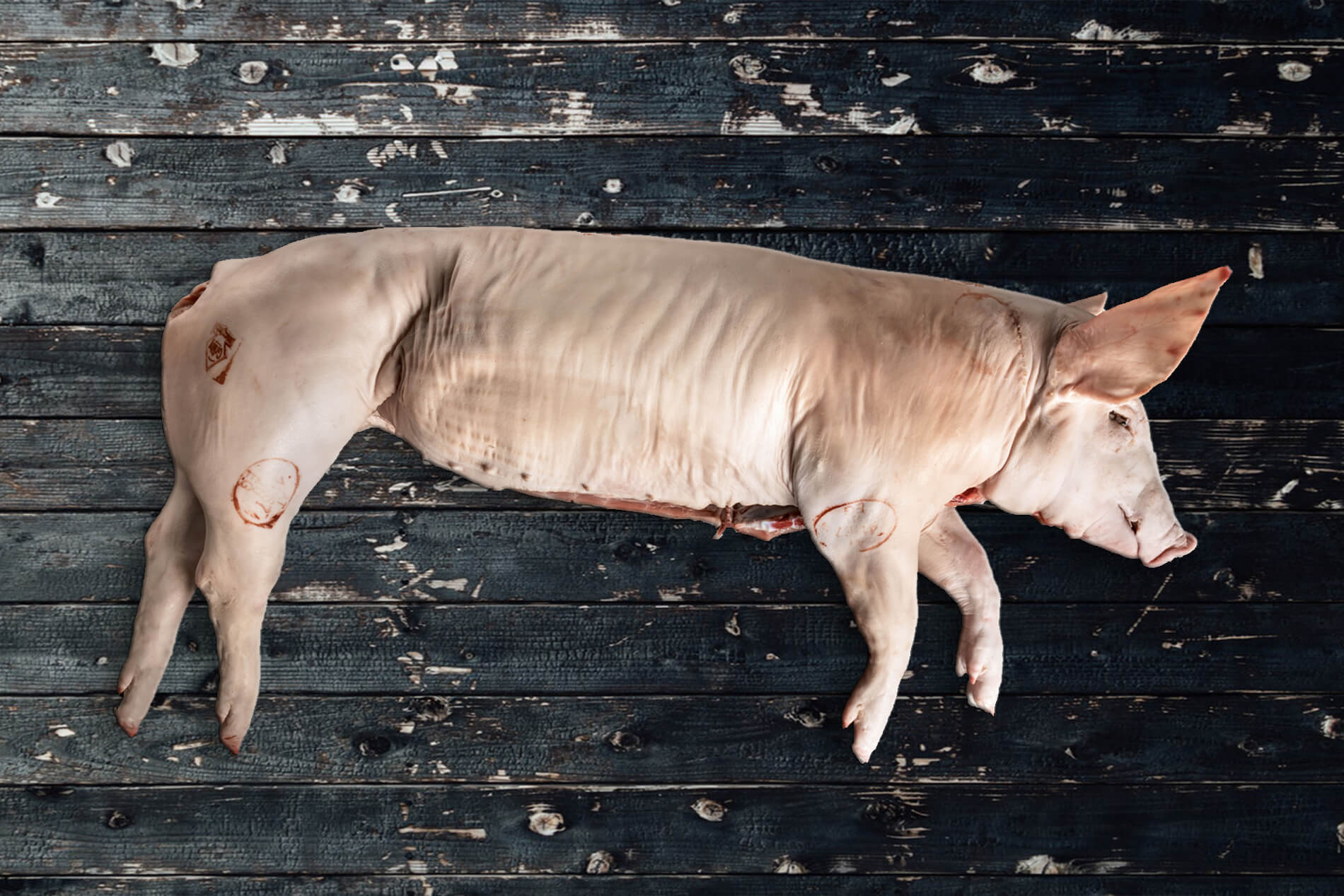






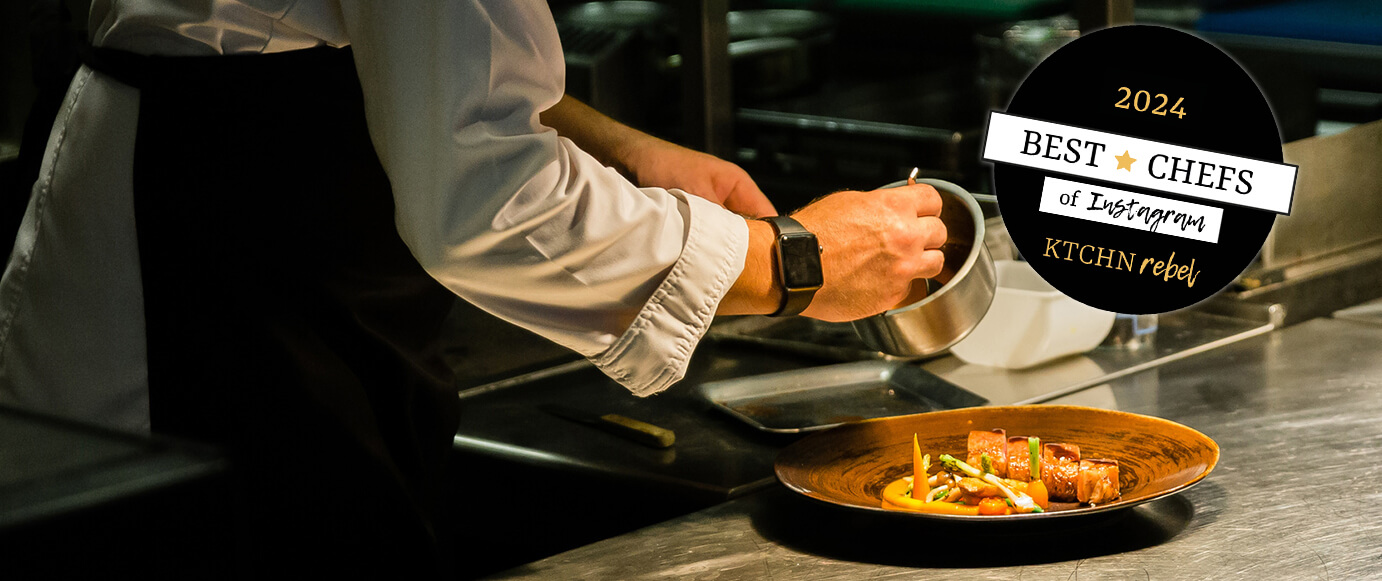

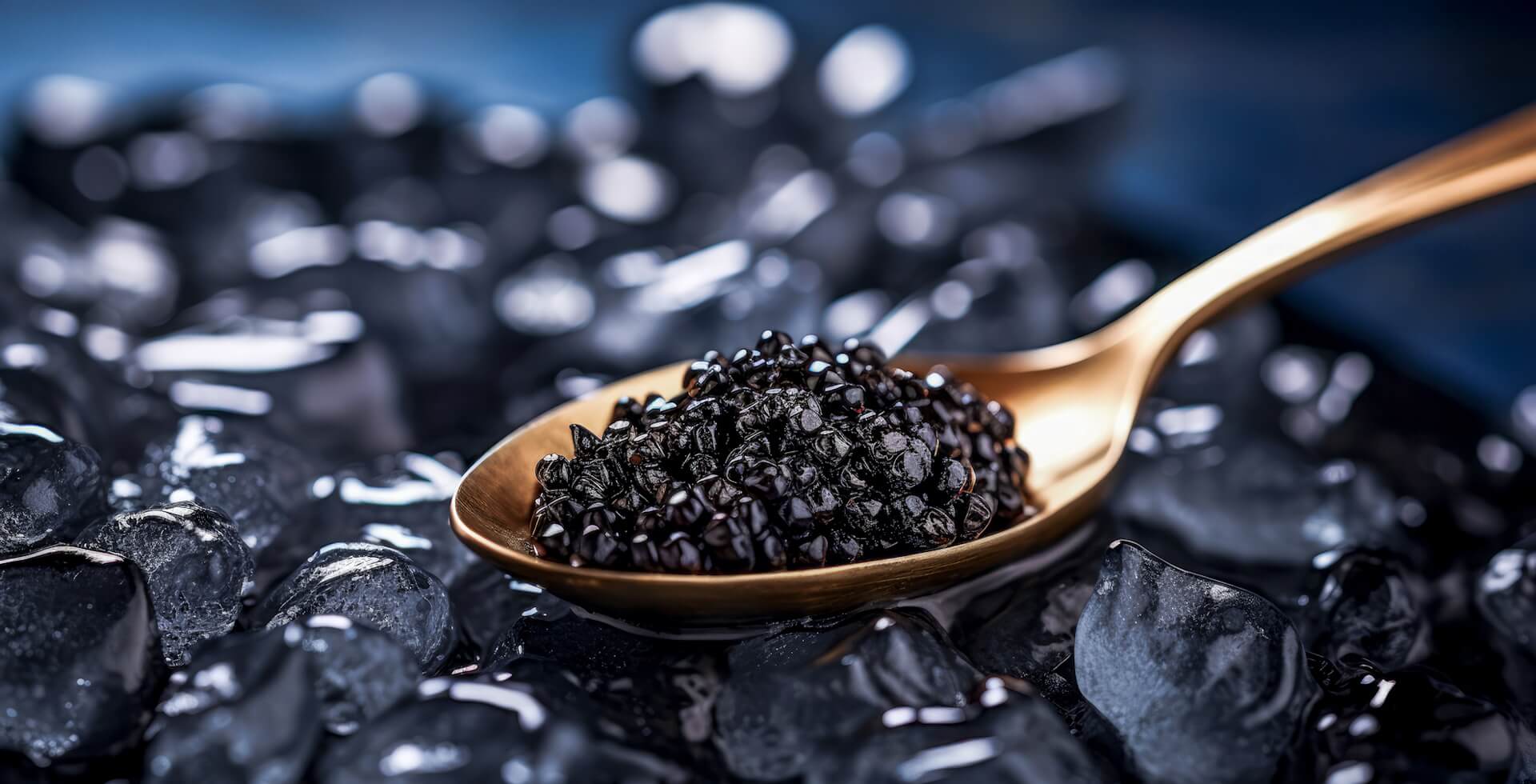
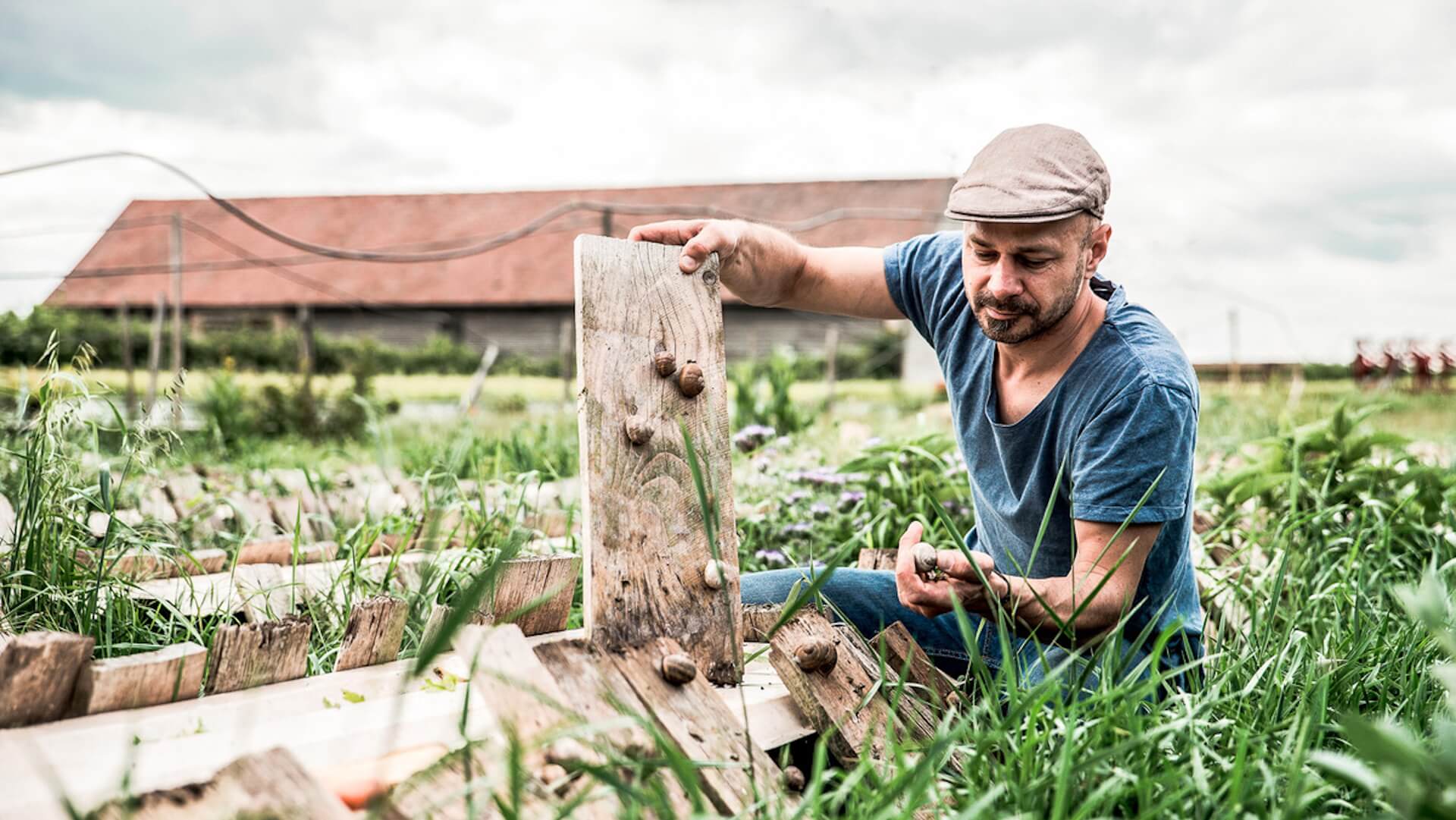



Pingback: Creative, more creative, most creative: Lukas Mraz | KTCHNrebel
Pingback: Austrian top chef Josh Niland - Dry Aging, but with fish | KTCHNrebel